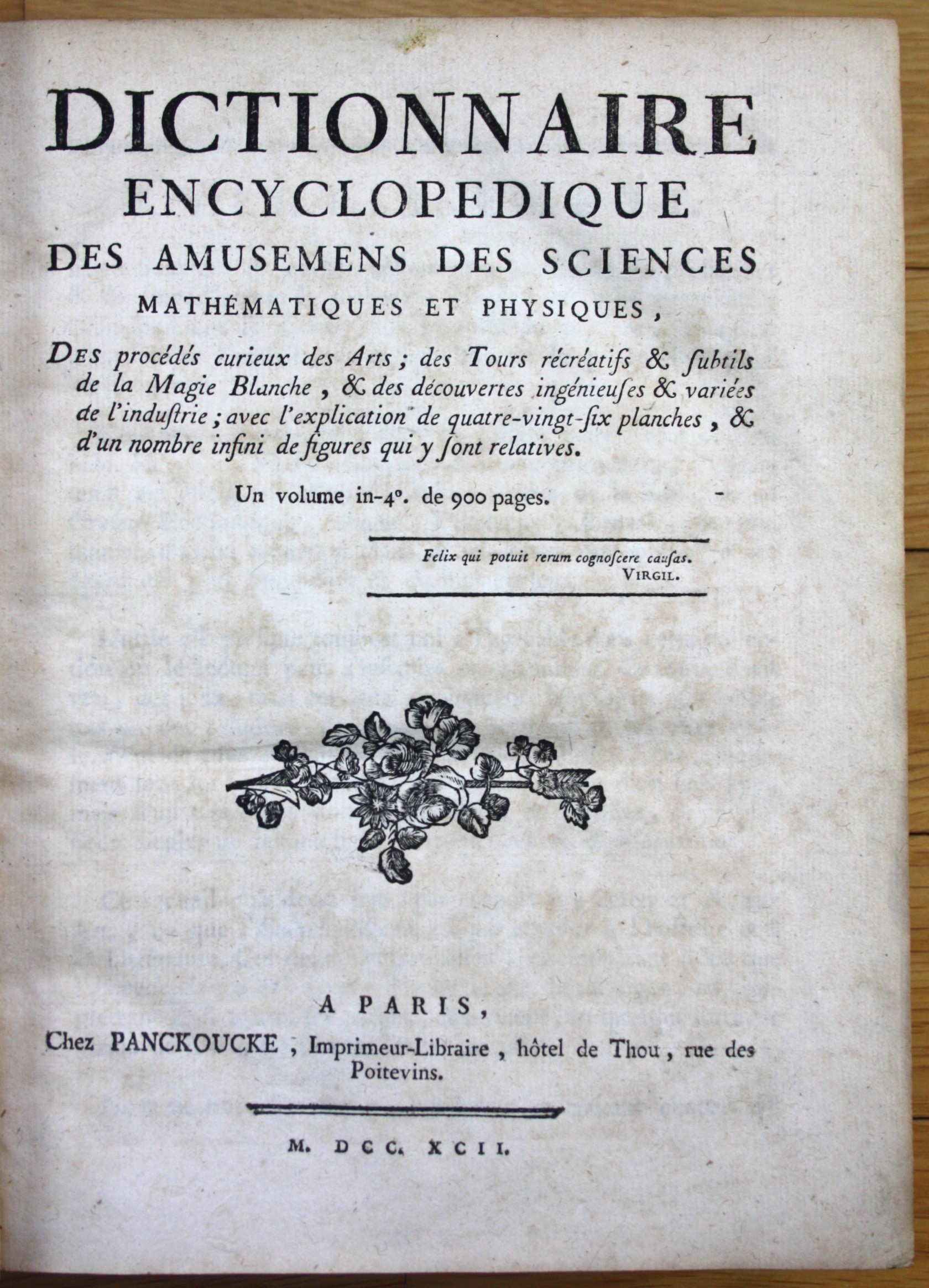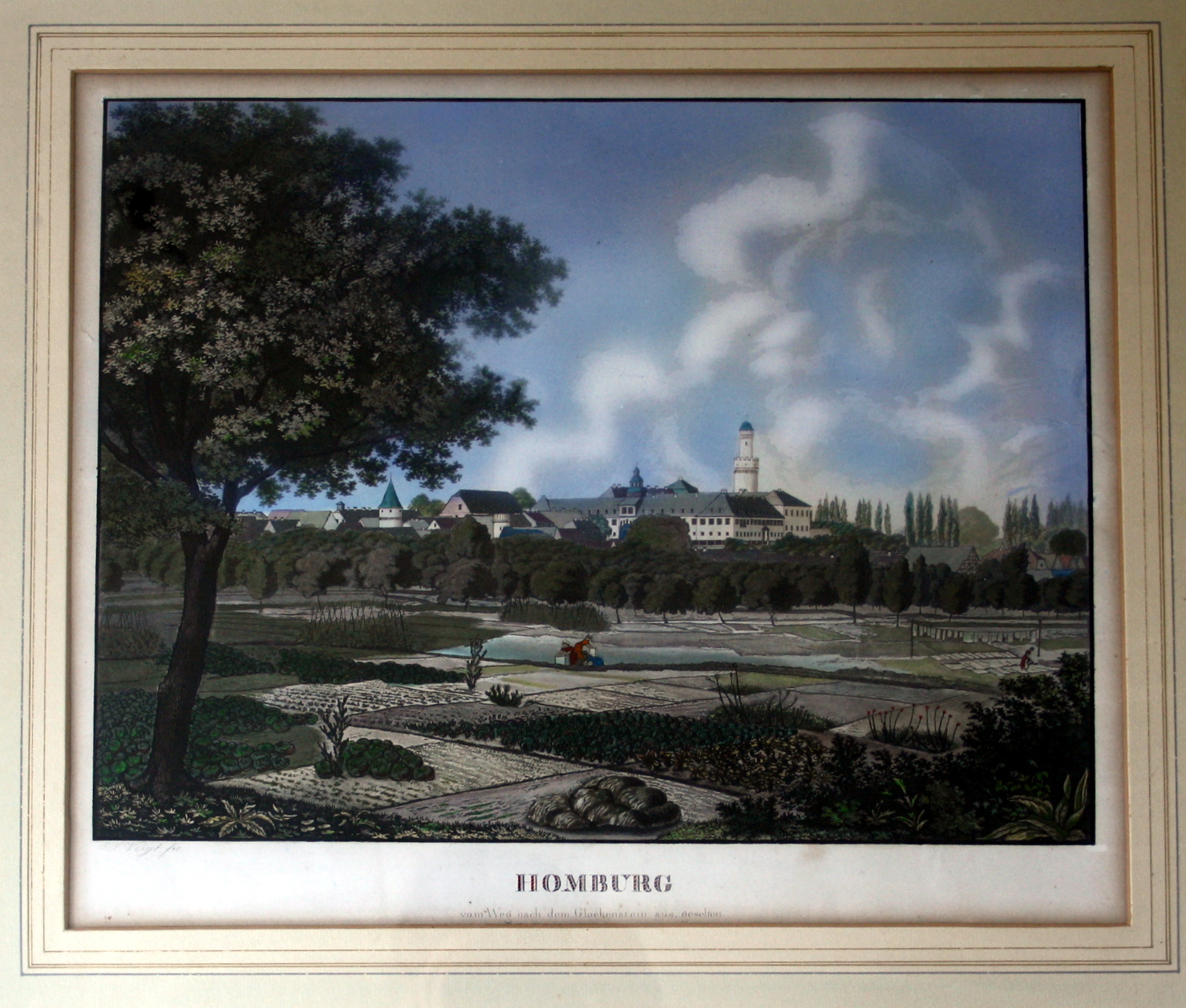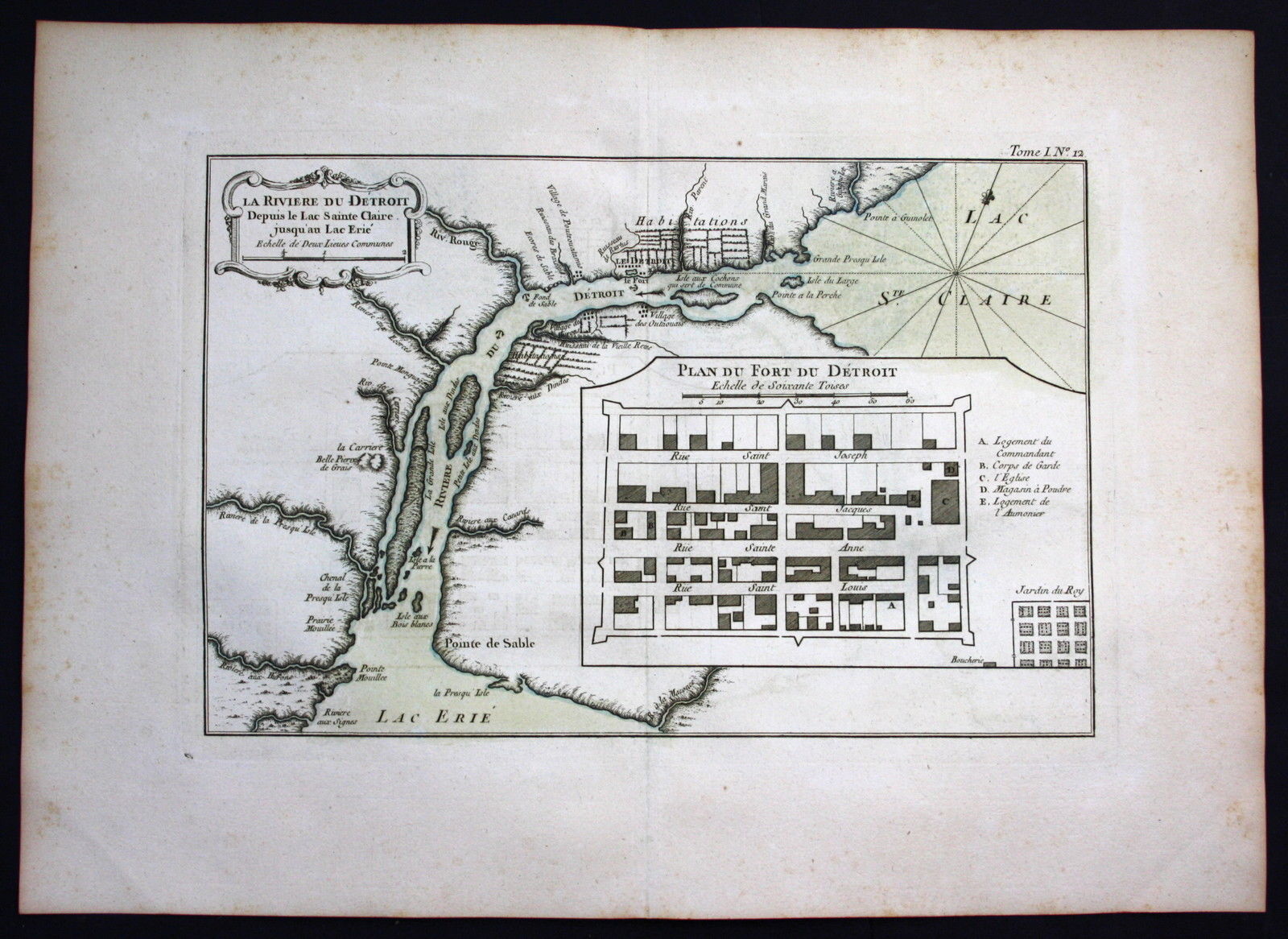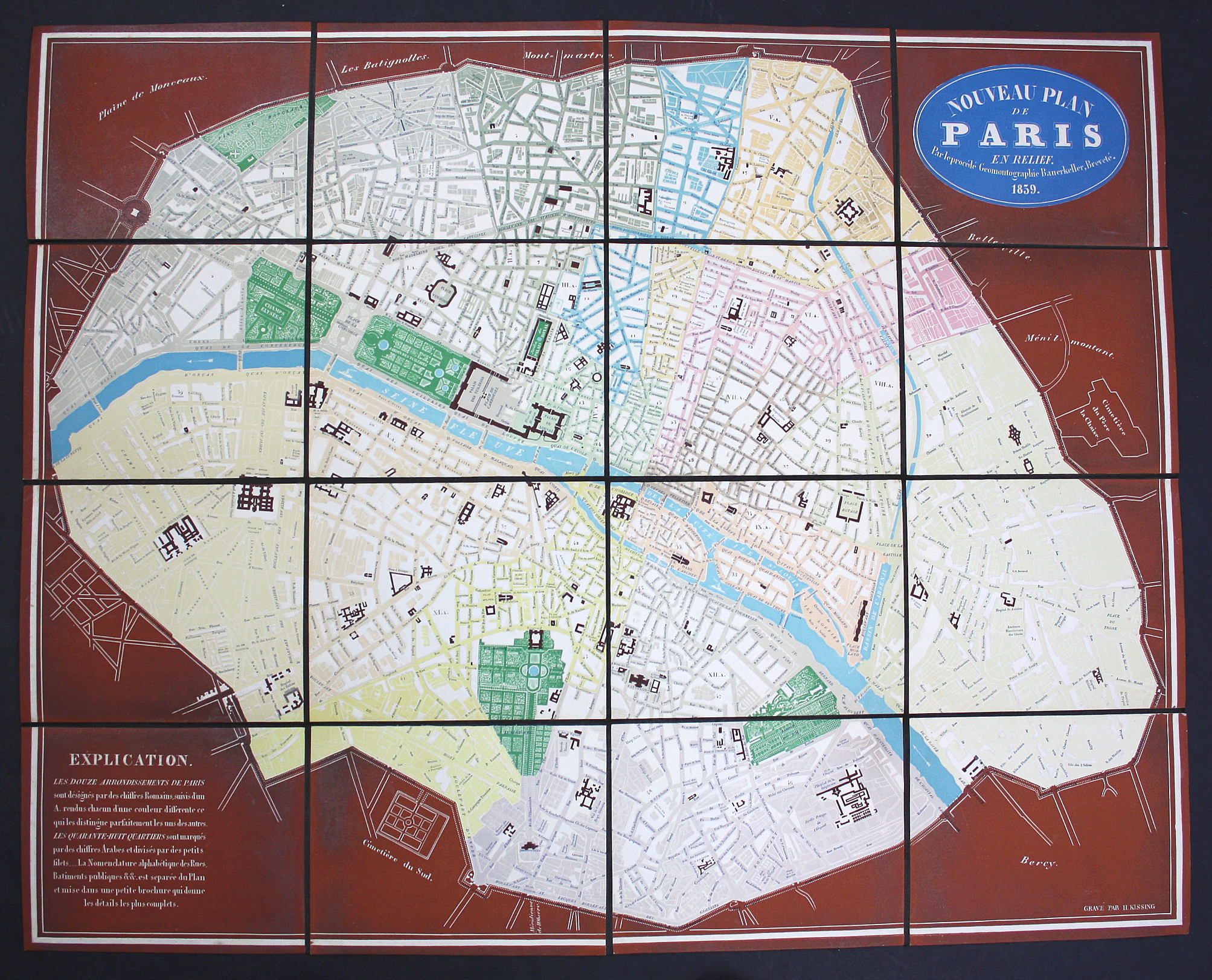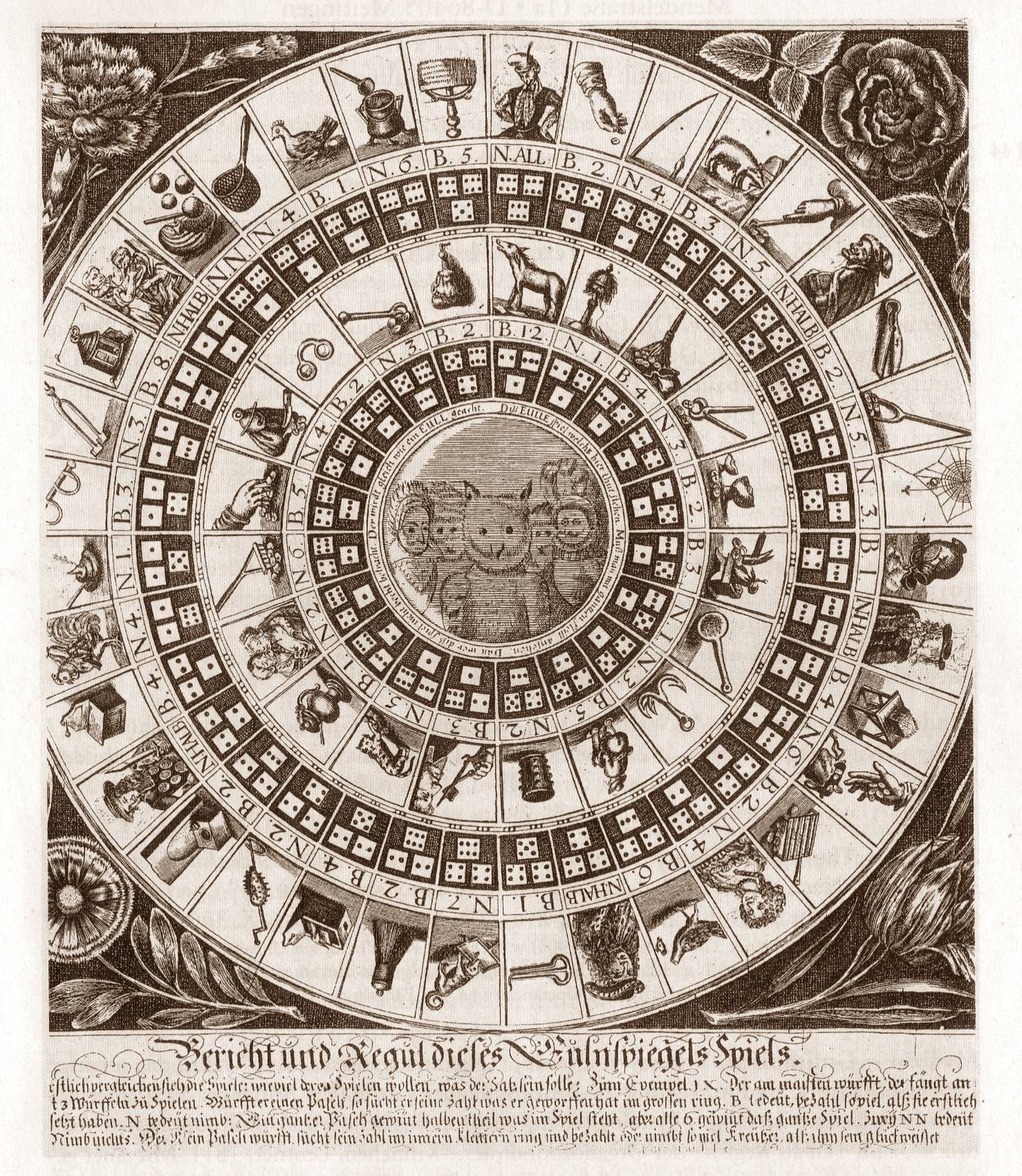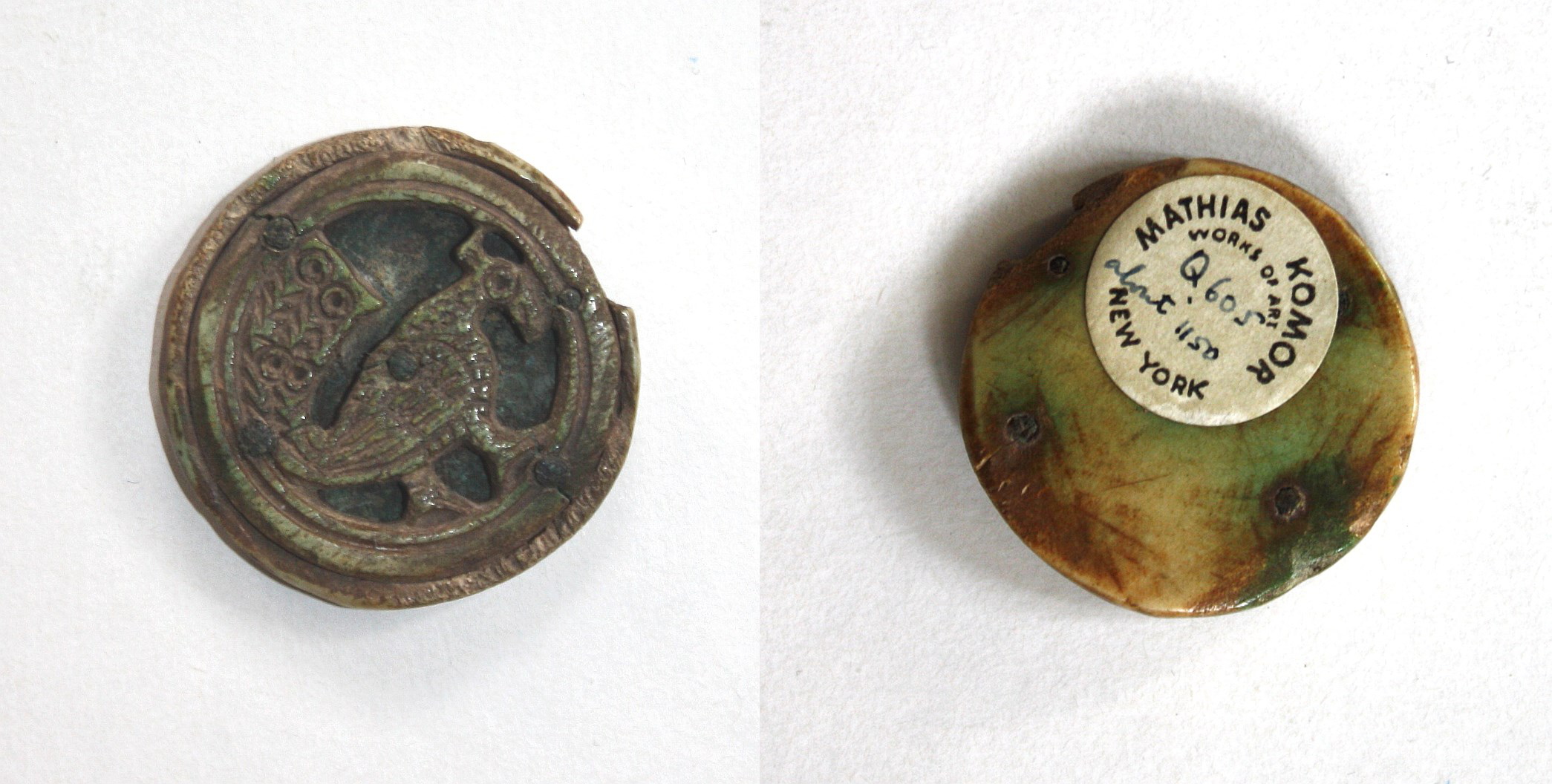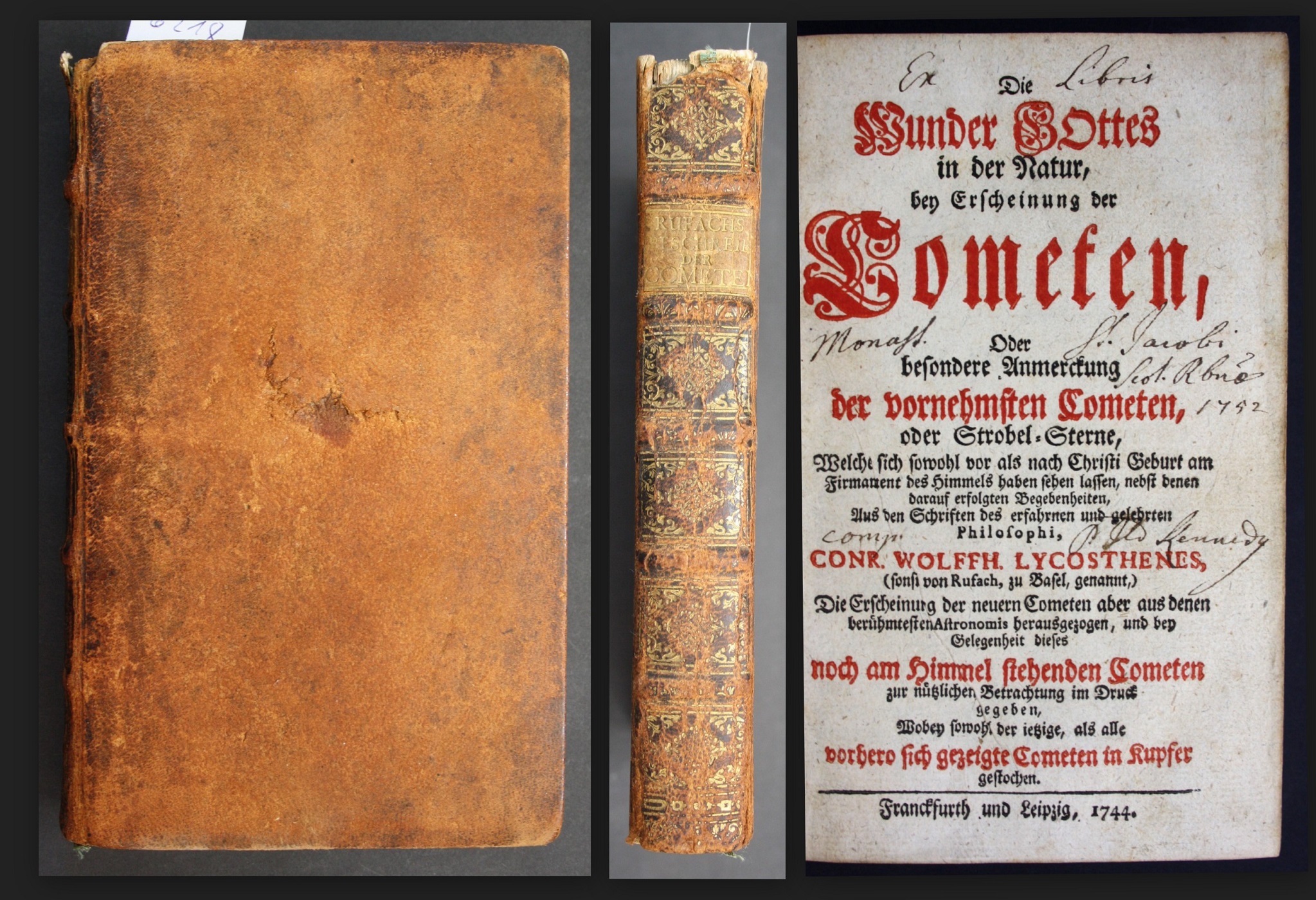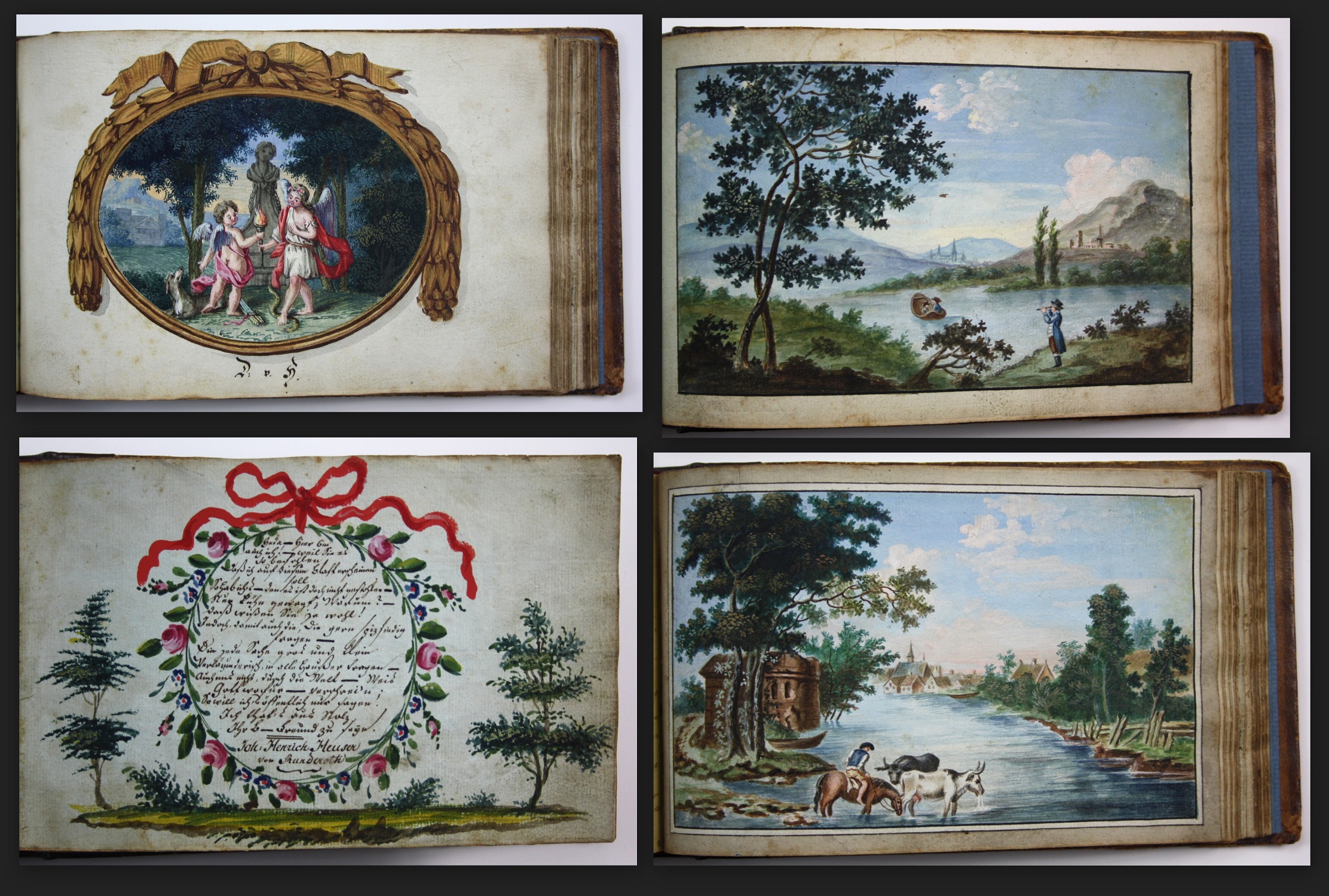Francisco de Goya (1746-1828) – „Los Caprichos“. 1904, Calcografia Nacional, Madrid. Seventh edition.
Very rare original linen binding with gilt lettering and gilt coat of arms. Complete edition of 80 etchings printed on yellowish laid paper.
Binding with some rubbing at the edges, a few of the etchings only slightly stained (mostly on the outer margin), otherwise in very good condition.
„Los Caprichos“ is a series of 80 etchings by the Spanish painter Francisco de Goya (1746-1828), satirizing late 18th century Spanish society, especially the nobility and clergy. In the first half, Goya presented the most realistic and satirical prints, critiquing his contemporaries‘ behavior through reason. He employed a mixed technique of etching, aquatint, and drypoint retouching, exaggerating the physiognomies and bodies of those made to represent human vices and clumsiness, giving them the aspect of beasts.
The series was published in February 1799, but fearing the Inquisition after the fall of Godoy (the First Secretary of State of the Kingdom of Spain, between 1792-1797) and the Enlightenment, Goya hastily withdrew the remaining copies only 14 days after release. In 1807, to save „Los Caprichos,“ he offered the king the plates and the 240 unsold copies for the Real Calcografía, in exchange for a lifetime pension of 12 000 reales annually for his son Javier.
„Los Caprichos“ by Francisco de Goya lack a structured narrative but delve into significant thematic cores. Themes include superstition around witches, critiques of the clergy, erotic satire, and social critiques. Goya’s approach is radically innovative, presenting a materialistic and dispassionate vision of society, contrasting with the paternalistic social criticism of the 18th century.
The progression of themes in „Los Caprichos“ mirrors Goya’s evolving perspective on society. In the earlier prints, Goya offers sharp critiques of human behavior through rational lenses, while in the later prints, he abandons rationality, painting scenes that border on the surreal and absurd. One prevalent theme is the inversion of societal norms, where peasants bear the burdens of the idle elite, symbolized by donkeys, reflecting Goya’s disillusionment with the existing social order.
Another significant thematic strand in „Los Caprichos“ revolves around witchcraft, where Goya explores the existence of evil through grotesque and tragicomic depictions of witches and goblins. These prints reveal Goya’s fascination with the darker aspects of human nature and suggest new forms of malignancy lurking beneath the surface of human society.
Chronologically, the prints in „Los Caprichos“ reflect Goya’s personal experiences and observations, gradually expanding into a broader critique of society as a whole. They showcase Goya’s transition from skepticism to a darker worldview, influenced by his own disillusionment with the societal and political upheavals of his time.
Goya’s technique in creating the prints of „Los Caprichos“ has drawn comparisons to the works of Rembrandt, with scholars noting differences in their approaches. Rembrandt, a master engraver, typically sketched directly onto the plate, akin to painter-engravers. In contrast, Goya initially drew the subject on paper with meticulous detail before simplifying and lightening them during the engraving process. This technique resulted in prints that were often more luminous than the original drawings, as Goya employed a single type of aquatint to uniformly fill the background of the print.
Félix Boix characterizes Goya’s style as achieving a unique effect in „Los Caprichos“ by combining etching with flat and uniform aquatint tints, often intense, especially in the backgrounds, and using graduated aquatints to create different shades in the modeling of clothing, figures, and accessories. Goya’s use of lighting in the prints is arbitrary, serving to highlight areas of maximum expressiveness rather than adhering to naturalistic illumination. Through aquatints, he achieved strong contrasts in composition, with deep blacks sharply contrasting with highlighted areas, evoking dramatic effects.
The editions of „Los Caprichos“ have been the subject of debate among cataloguers, particularly regarding those produced in the 19th century. The second edition onwards were all produced by the Real Academia de Bellas Artes de San Fernando, with varying accounts of the number and timing of editions throughout the 19th and 20th centuries. Changes in ink color and paper quality have been noted across editions, with subsequent editions witnessing wear and tear on the plates, particularly on the aquatints. Facsimile editions, not originating from the original plates, have been produced by external publishers, varying in fidelity and quality over time, ensuring the continued accessibility and study of Goya’s seminal work.
Goya’s masterful exploration of themes and his innovative artistic techniques continue to captivate and provoke audiences, cementing „Los Caprichos“ as a seminal work in the history of art.
sold/verkauft


























